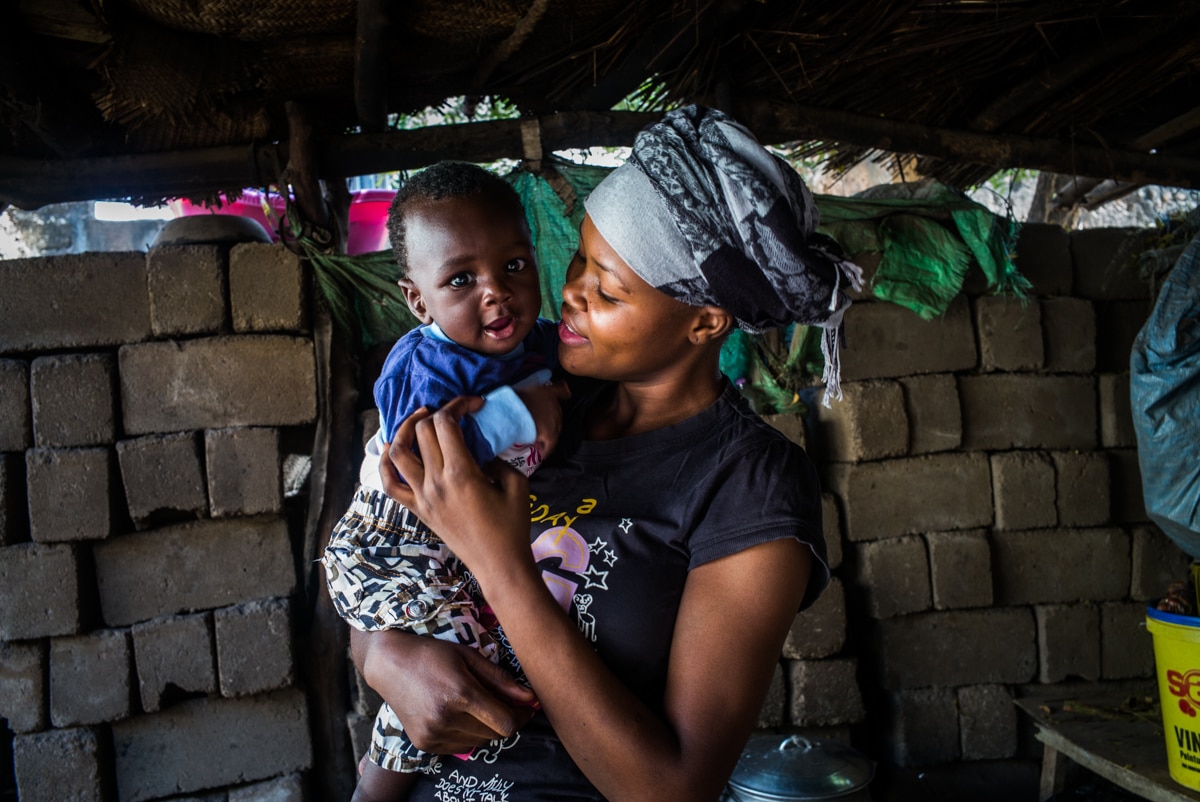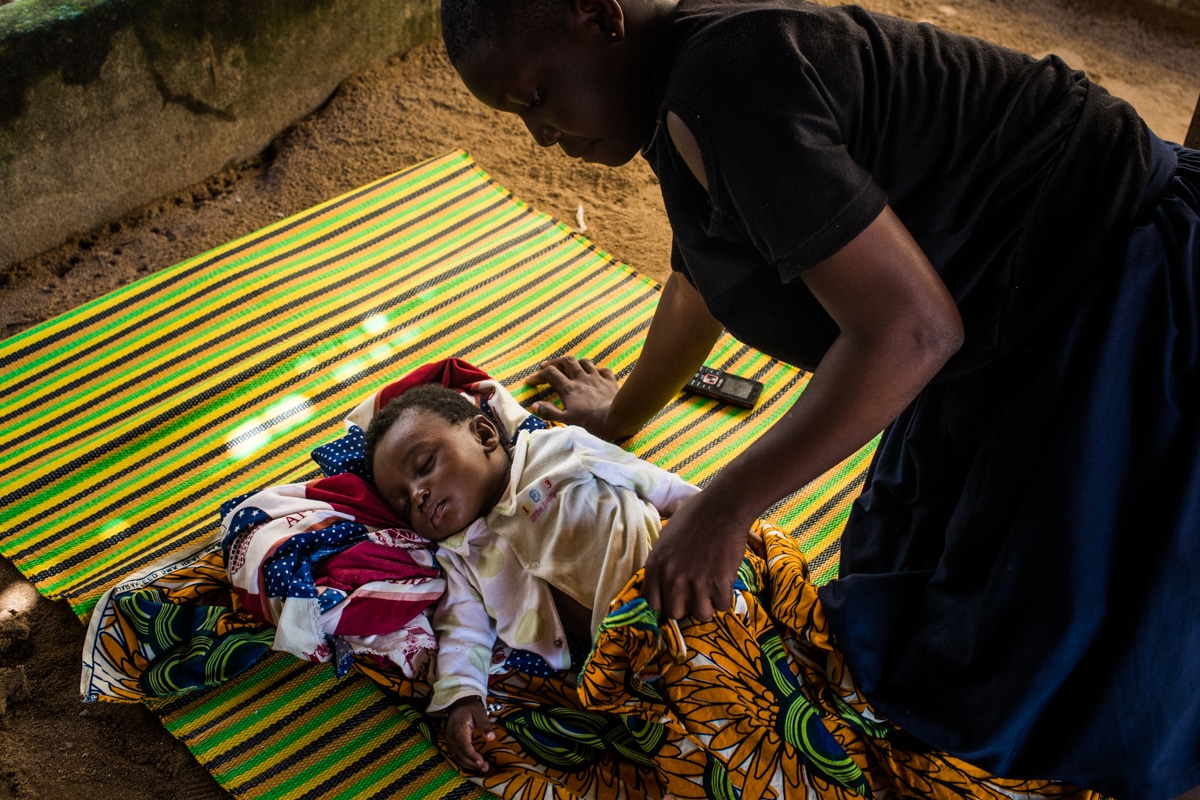MOTHER AND CHILD NUTRITION
Working to reduce the rate of chronic malnutrition in children aged 24 to 59 months, an indirect indicator of a country’s development.

priority issues
Fostering synergies between maternal, newborn and child health interventions and nutrition.
For example, because the French Muskoka Fund focuses on health facilities in which more than 50% of women will give birth, promoting optimal breastfeeding practices in maternity hospitals has been a priority.
Likewise, the detection of malnutrition and promotion of optimal feeding practices for infants and young children have been promoted at a community level as part of a complete package introduced to manage childhood illnesses.
Most of the chronic malnutrition rates in Muskoka countries stand at 30% or higher.
Activities
Implementation of a minimum package of nutrition-specific interventions in health facilities and communities.
Inclusion of the detection of malnutrition and promotion of optimal feeding practices for infants and young children in maternal, newborn and child health practices.
Strategies
implemented
Prevention
- Preventing anemia in pregnant women
- Protecting, promoting and supporting optimal breastfeeding practices
Improving feeding practices for infants and children
- Including infant and young child feeding in Essential Family Practices.
- The training of thousands of community health workers and other community representatives has helped improve household access to information and advice on feeding infants and young children, particularly in rural areas where under-five child mortality is particularly prevalent.
- Media partnerships to promote infant and young child feeding practices to even more people in urban and semi-urban environments.
- Increase in exclusive breastfeeding rates in babies under 6 months thanks to the promotion of exclusive breastfeeding in maternity hospitals and community interventions.
- Management of severe acute malnutrition.
Vitamin A supplementation in children aged 6 to 59 months:
-
Essential for the child’s survival. Analysis of available data shows significant discrepancies in the level of effective coverage of vitamin A supplementation between Muskoka countries. Generally speaking, a reduction in effective vitamin A coverage in several countries has been observed in recent years. To remedy this, countries have committed to stepping up vitamin A supplementation in children by organizing vitamin A supplementation and deworming campaigns using albendazole. Boosting these initiatives should help to improve effective vitamin A coverage in children.
Preventive zinc supplementation in children aged 12 to 59 months.
SOME OF OUR ACCOMPLISHMENTS
In most of the countries supported by the French Muskoka Fund, chronic malnutrition rates stand at 30% or more.
Niger: activities are focused on improving interventions to promote, protect and support the feeding of infants and young children. In 2017, interventions targeted at integrated health centers, rural clinics and communities covered: 30 health districts out of 72, i.e. 42%.
Improved support for infant and young child feeding by giving fresh impetus to the baby-friendly hospital initiative to promote breastfeeding and implement infant and young child feeding services in the Maradi region at integrated health centers and in the community.
Guinea and Togo: Muskoka funding has helped implement a minimum package of nutrition-specific interventions by following a life-cycle approach, including the management of severe acute malnutrition.

Les pays
Contact us
To contact us, complete the form below and we will get back to you as soon as possible.




